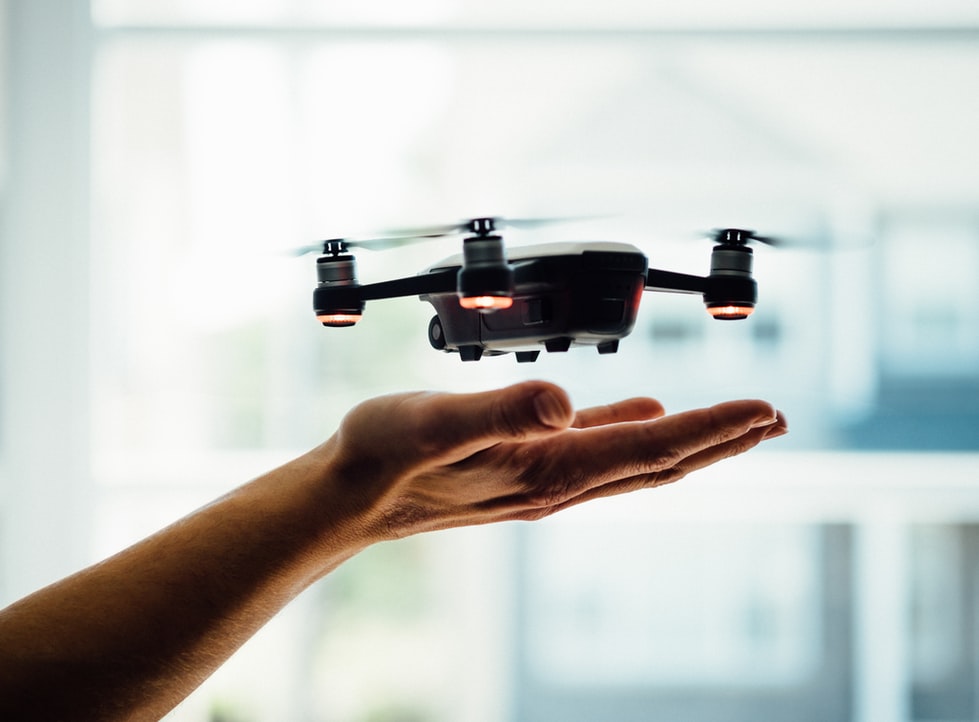A few months after the announcement of the nationwide Tactical Beyond Visual Line of Sight (BVLOS) waiver, the Federal Aviation Administration (FAA) has allowed another regulatory achievement to use drones for bridge inspections in North Carolina. The North Carolina Department of Transportation (NC DOT) received a statewide waiver to fly Skydio’s enterprise drones beyond visual line of sight of the operator (BVLOS) to perform bridge inspections.
Such a waiver marks a new era in unmanned flight because, until this waiver, the FAA had required the use of visual observers (VOs) for operations beyond visual line-of-sight (BVLOS). In addition, the FAA also required the use of expensive solutions, such as radar, which was specifically designed to detect manned aircraft, even in areas where manned aircraft were not likely to fly. This is why this waiver is so significant — it gets rid of both those barriers. The North Carolina Department of Transportation (NC DOT) received permission to use Skydio’s autonomous drones without VOs, or expensive surveillance technology, to conduct BVLOS operations.
There are more than 600,000 bridges in the U.S. and each one is required to be inspected regularly under both federal and state laws. This is why few jobs are more important and demanding than inspecting bridges. Inspecting bridges is a very complicated, difficult, time-consuming, and dangerous process since the critical infrastructure below the deck of the bridge requires that highly trained inspectors conduct daring feats as they repel over the edge of the bridge or dangle below in the bucket of a snooper truck. It is no surprise that some bridge inspectors have been injured and even killed. Traditional methods of bridge inspection, therefore, are also very expensive since they require large crews and costly equipment. In addition, traditional methods also result in high costs for travelers who may have to put up with lengthy road closures and delays.
Skydio’s autonomous drones do not need GPS, are not subject to EMI, and are capable of navigating confined spaces without human intervention, which makes it possible for even novice pilots to fly in the most demanding environments.
Skydio drones use “advanced autonomy” to avoid obstacles. According to a press release:
“NCDOT will conduct these path breaking operations using Skydio Autonomy, the world’s most advanced AI-based autonomous flight engine, which enables any Skydio drone to safely navigate in any environment, including areas without GPS, using 360° obstacle avoidance.”*
Adam Bry, CEO of Skydio, stated:
“This is a game-changing achievement that we are thrilled to celebrate alongside NCDOT. Skydio’s technology takes the pressure off of pilots, who are now able to gain tremendous confidence by relying on our industry leading obstacle avoidance capability powered by revolutionary AI algorithms. Skydio Autonomy is critical as we partner in executing this new class of permitted operations to make infrastructure inspection faster, less socially intrusive, and safer.”*
Key Features of the Waiver
- “Allows NCDOT to conduct BVLOS operations below the deck of bridges, within 50 lateral feet of the bridge itself, and all the way down to the ground, while remaining within 1,500 feet laterally of the remote pilot.Does not require VOs or ground- or air-based surveillance capability because the operations take place in airspace where manned aircraft are unlikely to enter. Allows for operations within 2–3 miles of airports or helipads provided a NOTAM is obtained; operations within a mile of airports/helipads, are not permitted at this time.
- Requires NCDOT to take appropriate measures to ensure that non-participants are not located on or below the bridge deck during the course of operations.
- For North Carolina’s inspectors, who annually inspect 13,500 bridges manually, as well as, for North Carolina taxpayers, this is a significant advancement in time and safety. Bridge inspections have traditionally been completed by inspectors using rappels, or expensive “snooper trucks,” which are capable of traveling in water. According to a recent study by the American Association of State Highway and Transportation Officials (AASHTO), the cost for taxpayers for bridge inspection can be reduced by 75% when switching from traditional methods to drones. Furthermore, a Skydio press release points out that taxpayers can save up to $14,600 for each inspection in social disruption cost.”*
The North Carolina Department of Transportation (NCDOT) saw the potential of Skydio 2 and purchased it shortly after it came on the market. NCDOT realized early the value of autonomy for bridge inspection.
Future
The fact that North Carolina Department of Transportation (NCDOT) saw the potential of Skydio 2 — and did something about it — eventually led to the first-of-its-kind waiver — the Tactical Beyond Visual Line of Sight (BVLOS) waiver — allowing the use of drones for bridge inspections in North Carolina.
Skydio 2’s obstacle avoidance and visual navigation technologies make inspections by pilots who navigate the complex truss structures below bridges, both faster and safer. Because such inspections are faster, it also saves time for travelers who would otherwise have to put up with lengthy road closures and delays.



